Building an Elite University
Roadmap to put Vietnam on the world academic map
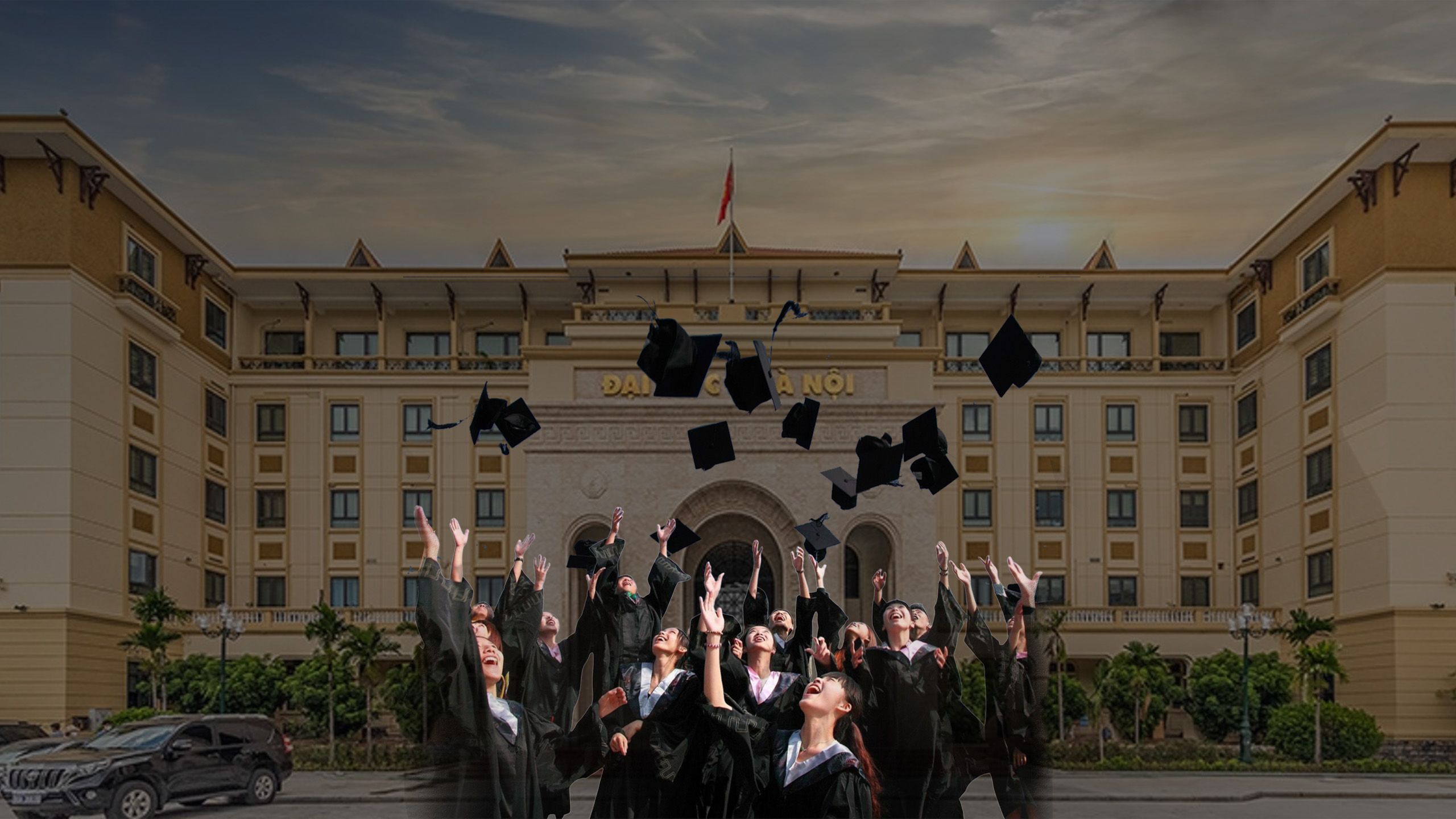
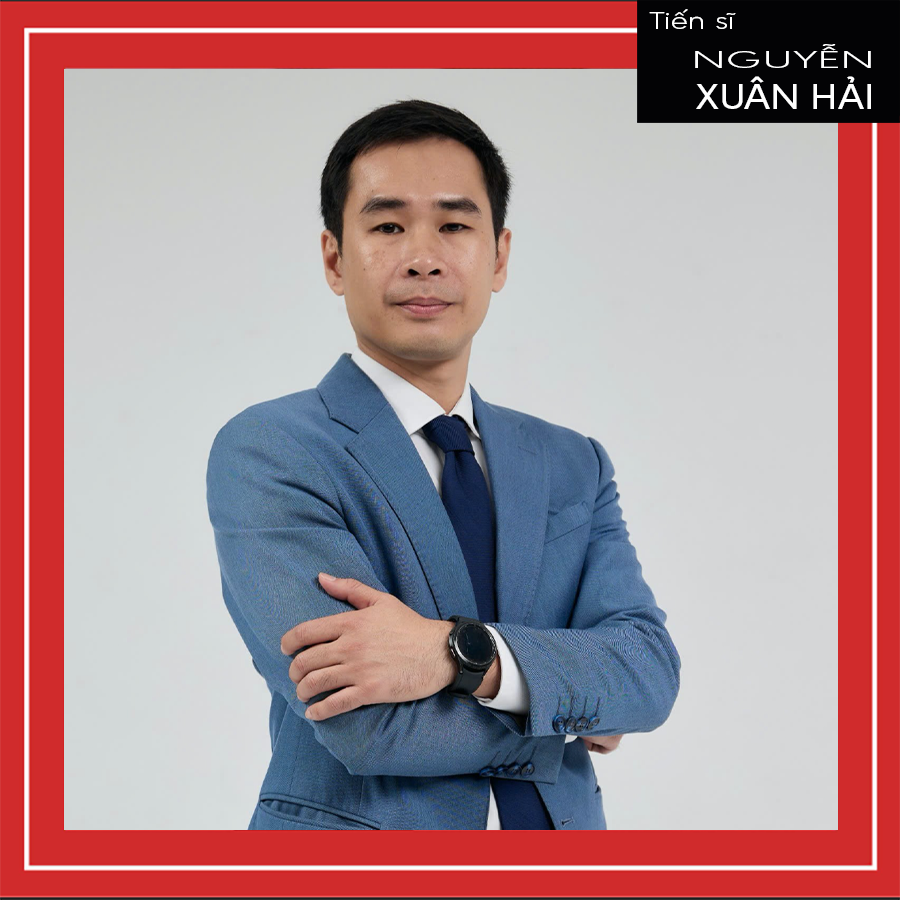
Deputy Chief Representative of the University of Hong Kong in Vietnam
After 80 years of building and defending the country, Vietnam is facing a historic turning point to enter the “era of rising up”. From a “following” country, we are facing the opportunity to transform ourselves into a “leading and creating” role.
The core driving force for this strategic transformation cannot come from anywhere else but knowledge, technology and innovation, with the core being higher education and scientific research.
That determination and vision have now been invigorated and given a strong political will with the promulgation of Resolution No. 71-NQ/TW dated August 22, 2025 of the Politburo on breakthroughs in education and training development. The Resolution not only reaffirms education as a top national policy but also outlines a comprehensive reform roadmap, with specific goals in creating elite universities in Vietnam.
If Resolution No. 71 is a master plan, this article proposes a roadmap to realize the set goals. The question is no longer “Why change?” Our goal cannot stop at improving the general level of the system, but must be to create academic “flags” – elite universities that are capable of competing fairly and being recognized internationally. That is the journey to put Vietnam’s name on the world academic map in a solemn manner, with a specific and ambitious goal: having at least 5 universities in the world Top 100 according to the QS World University Rankings before 2045 – the sacred milestone of the 100th anniversary of the country’s founding.

This is not a frivolous race for rankings, but a strategy to invest in the future of the nation. Because the Top 100 universities are not just educational institutions; they are knowledge ecosystems, “magnets” that attract global talent, driving forces of innovation for the entire economy, and symbols of a nation’s soft power.
“ The resolution not only reaffirms education as a top national policy but also outlines a comprehensive reform roadmap, with specific goals in creating elite universities in Vietnam .”
Dr. Nguyen Xuan Hai
Decoding the “Genome Map” of Top 100 Universities
Princeton University. (Photo: princeton.edu)
Evaluation factors of QS Ranking 2026
Proportion
PERSPECTIVE
weighting
INDEX
To build a great building, we must first understand its blueprint. Similarly, to build a world-class university, we must decode its “gene map”, which is reflected in prestigious international rankings such as QS.
This analysis is not about mechanically following the index, but about understanding the core values that make a university outstanding. The focus of this assessment is academic reputation, the “soul” of a university, built on pioneering research and outstanding scholars with international influence.
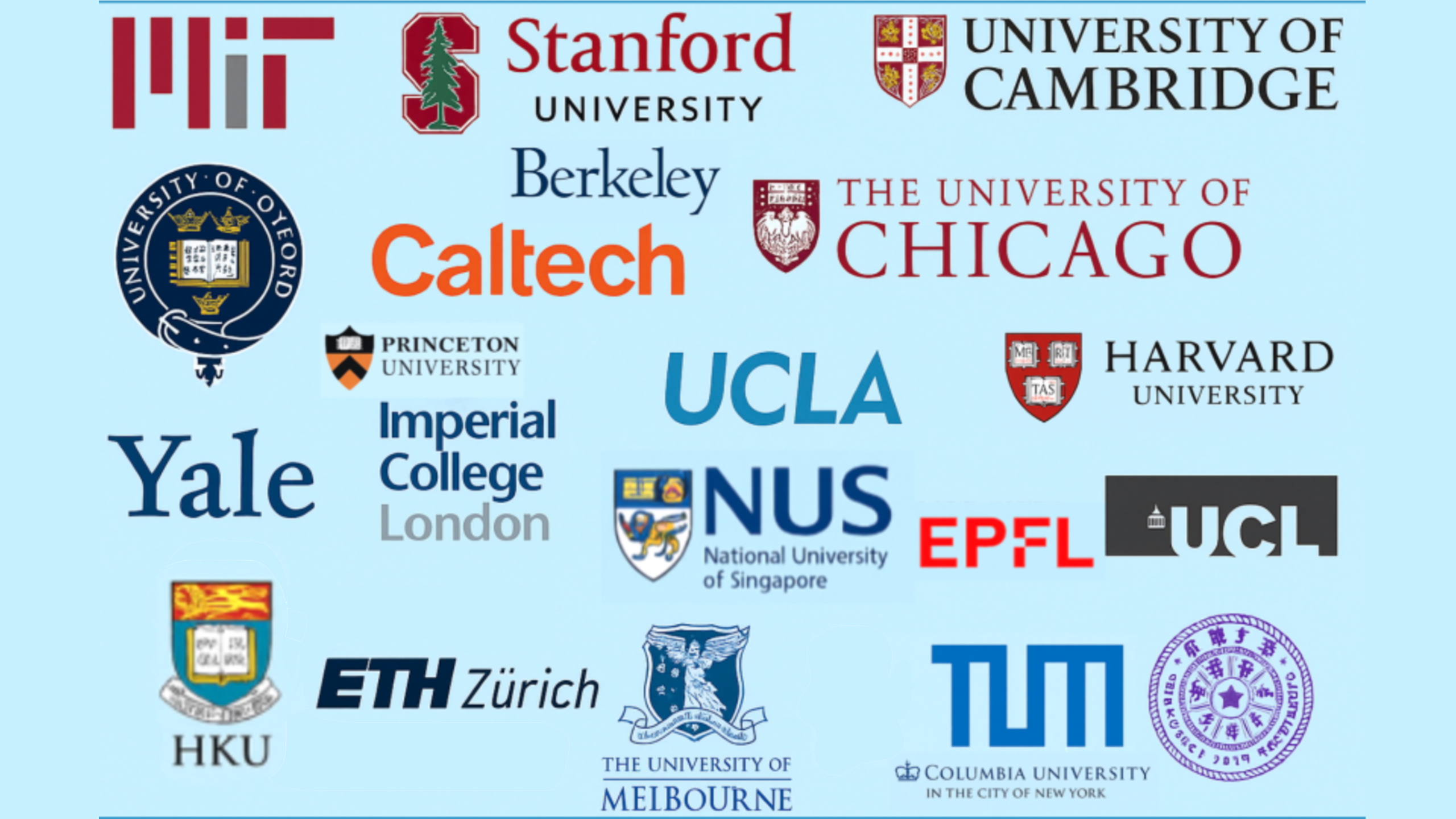
Alongside academic recognition, employer reputation is also a key factor, reflecting “practical impact” through the quality of graduates.
At the same time, the quality of scientific research, reflected in the level of citations per lecturer, acts as a “currency” of scientific influence, showing whether the knowledge created is truly useful and forms the basis for other research.
Along with that, more tangible indicators such as the faculty-to-student ratio are a measure of investment in people and the quality of teaching expertise. Completing the picture is the level of internationalization, a measure of the school’s global “magnetism”. A top academic environment cannot be closed but must be a global crossroads of ideas, attracting professors and students from all over the world.
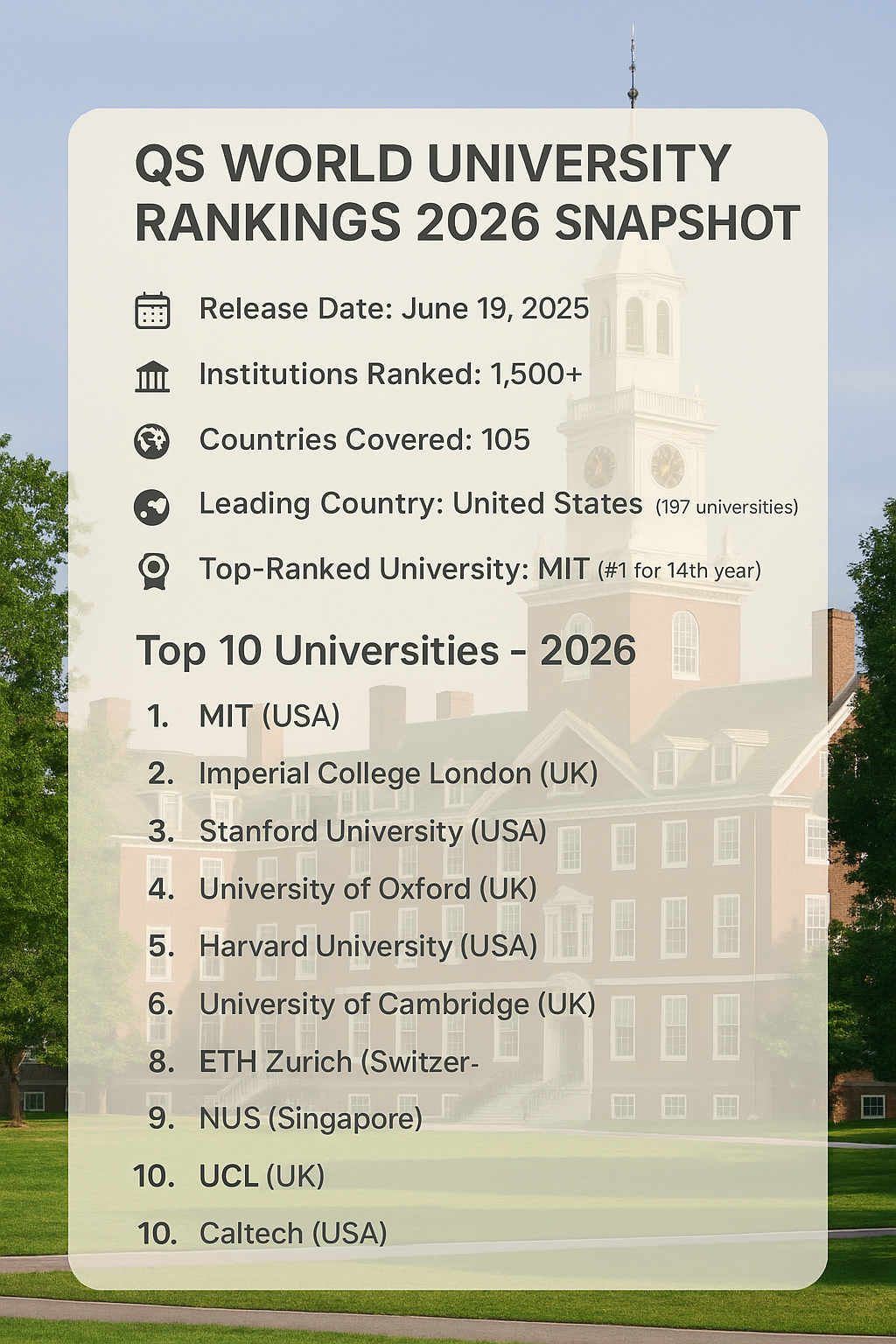
Looking at these criteria, it can be seen that the path to the Top 100 is not a shortcut, but requires a comprehensive revolution in management thinking, investment policies, talent attraction strategies and academic culture.
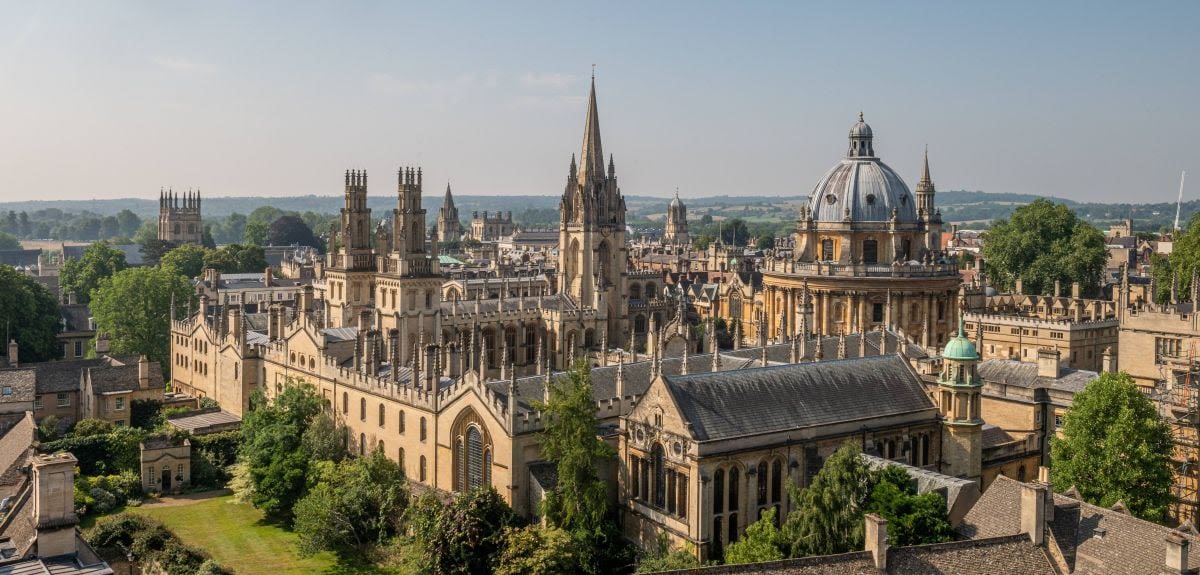
National Pioneer University Model:
Four pillars of excellence
A corner of Yale University. (Photo: PxBay)

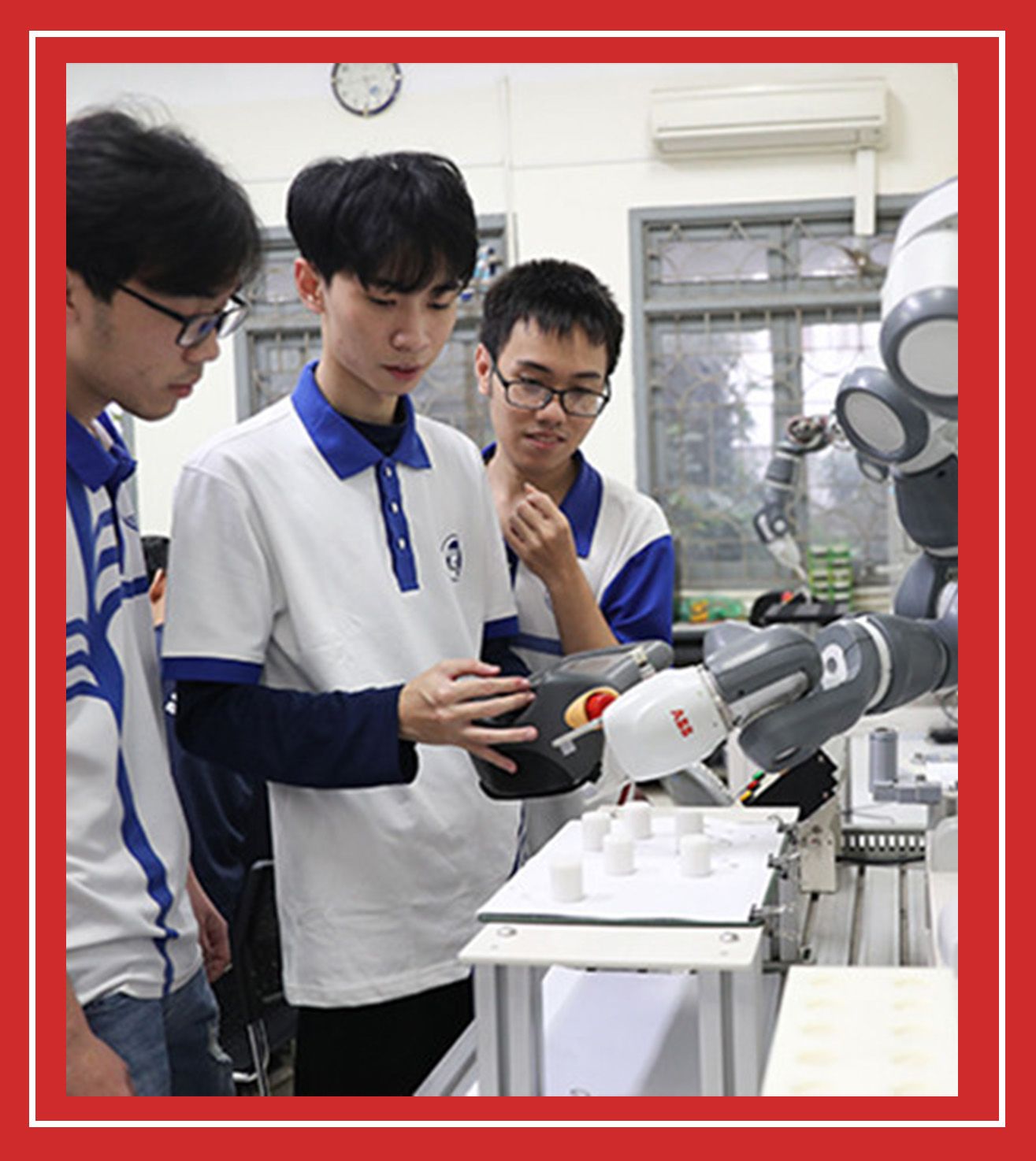
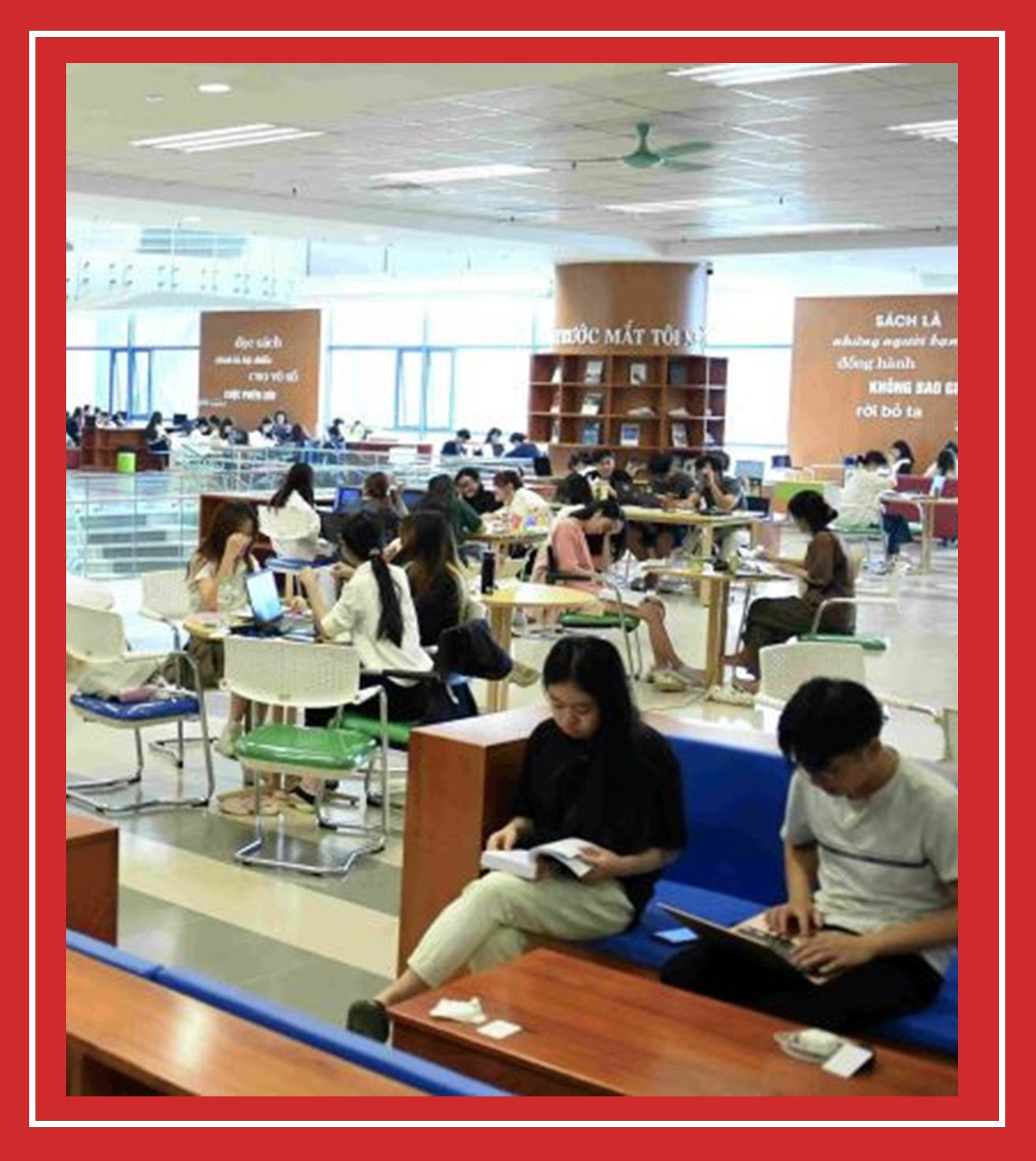
In fact, successful countries like China and Germany have chosen a focused investment strategy, concentrating huge resources on key reforms of the “Pioneer University” model. This model will be built on four core pillars.
The first and fundamental pillar is the establishment of a modern governance system, which aims to completely resolve the problem of “formal autonomy”. An elite university cannot operate with an administrative mindset. This requires the establishment of a truly powerful Board of Trustees, including prestigious scientists at home and abroad, leaders of large enterprises, and senior representatives of the Government - but with a patronage role rather than an interventionist one.

National Economics University
This Board should have the ultimate authority to make decisions on strategy, budgets and senior personnel. Accordingly, the position of Chancellor should be an open, global recruitment process, seeking an outstanding academic with international management experience, given a high degree of autonomy and accountable to the Board of Trustees.
The second pillar is to ensure superior resources and sustainable financial mechanisms - because excellence does not come from limited resources. The government needs to identify this as a national key project, providing a large-scale and long-term strategic investment package. At the same time, the establishment of a legal framework that allows schools to establish and operate Endowment Funds according to international standards, receiving contributions from society to create sustainable financial autonomy is necessary.
All of this must come with comprehensive financial autonomy, allowing schools to make their own decisions about tuition fees, salary scales and investments without being bound by conventional public finance regulations.
The third pillar , and perhaps the most important, is a policy to attract and retain talent to build a “valley” for elite minds. A university can only be great when it is a place where great people converge. To do this, it is necessary to establish “Honorary Professorships” with a remuneration package that includes not only a globally competitive salary but, more importantly, a large research budget and the right to build their own research group.
A university can only be great when it is home to great people.
At the same time, it is necessary to create a master's and doctoral training program according to international standards right in Vietnam, with the goal of building a generation of young scientists. This program will provide full scholarships, competitive enough for researchers to consider research as a full-time career, replacing the current popular part-time model and requiring a professional and serious scientific dedication.
Underpinning all these policies is a truly international working environment, with English as the primary language of research and postgraduate training, and comprehensive support services for international scholars and their families.
The final pillar is to focus on cutting-edge research and comprehensive internationalization, which creates “products” and reputation for the university. To do this, it is necessary to establish internationally modeled Advanced Research Institutes within key universities, where scientists can pursue fundamental, exploratory research.
In addition, schools also need to establish interdisciplinary "think tanks" operating on the model of prestigious global organizations such as the Center for International Cooperation at New York University, the Center for Defense Studies at King's College London, or the Institute for International and Strategic Studies at Peking University.

Representative office of the University of Hong Kong in Vietnam. (Photo: hkuvn.edu.vn)
These think tanks will be the place to realize the three-party linkage model (government - business - university) in the most practical way, to jointly solve strategic problems that no one party can answer on its own. For example, what is the roadmap for Vietnam to become a regional semiconductor center, connecting domestic enterprises with large FDI corporations, requiring synchronization from macro policies, research on new materials, to specialized human resource training? Or how to build a national brand for high-tech agricultural products, strong enough to conquer demanding markets like the EU and Japan?
In this cooperation, all three parties benefit: the government has a scientific basis for policy making, businesses have a breakthrough market and product development strategy, and universities can apply research into practice, enhance their position and create resources for sustainable development.
The impetus for both models also requires a deep strategic alliance element with several of the world's Top 20 schools, including the establishment of joint laboratories, co-awarding degrees and comprehensive faculty exchanges.
In this cooperation, all three parties benefit.
“The foundation for all these policies is a truly international working environment.”
Dr. Nguyen Xuan Hai
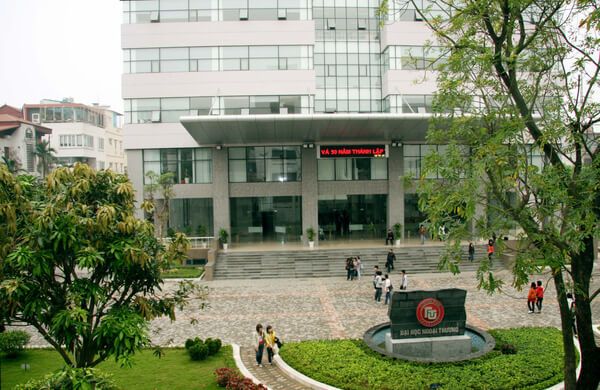
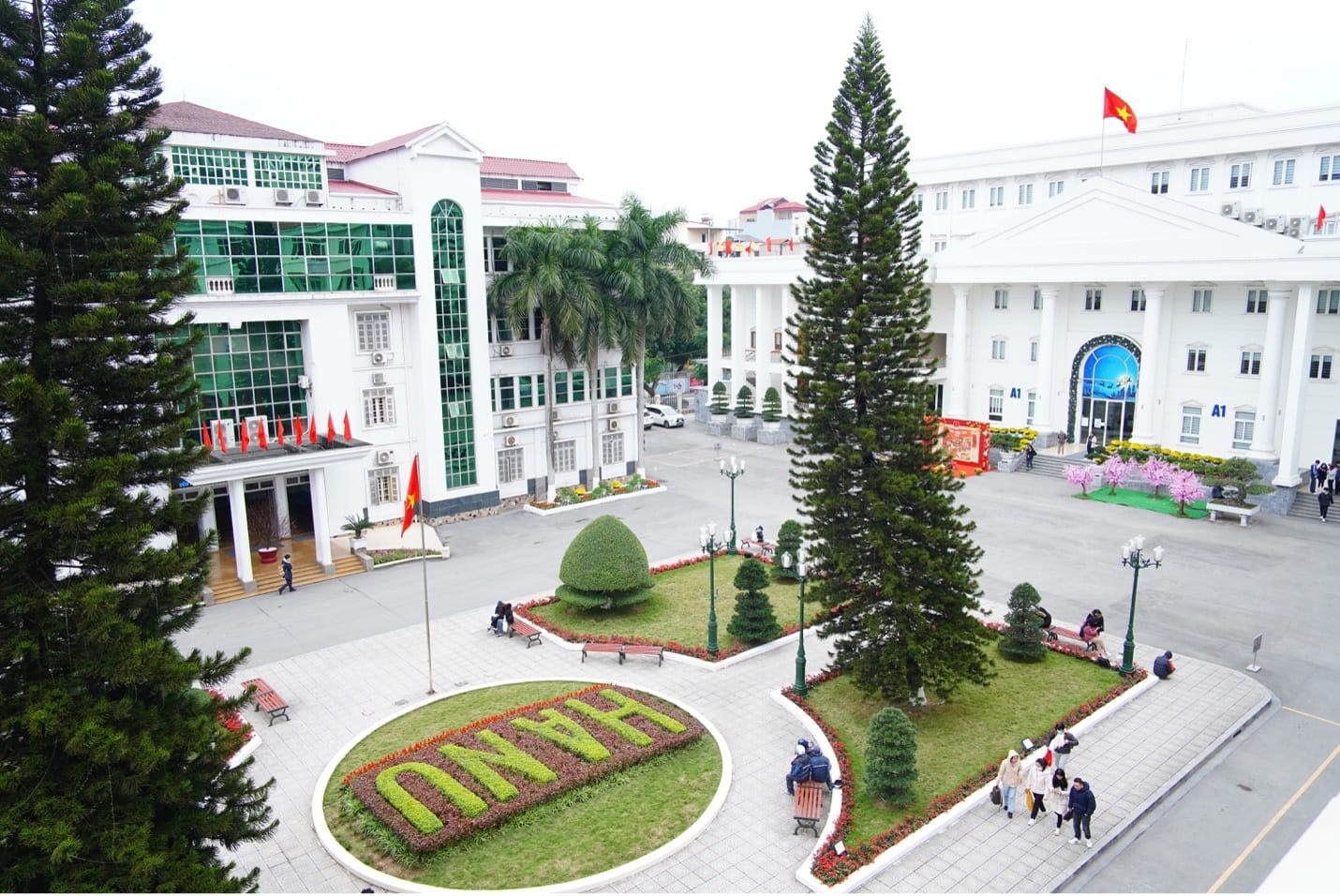
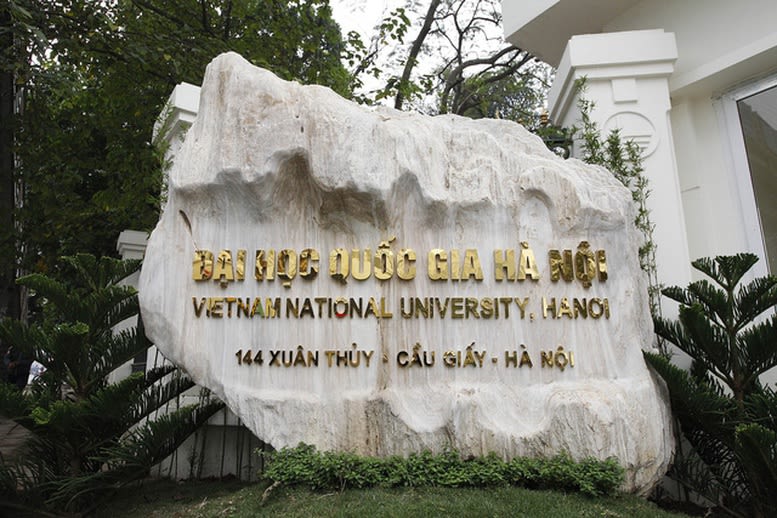
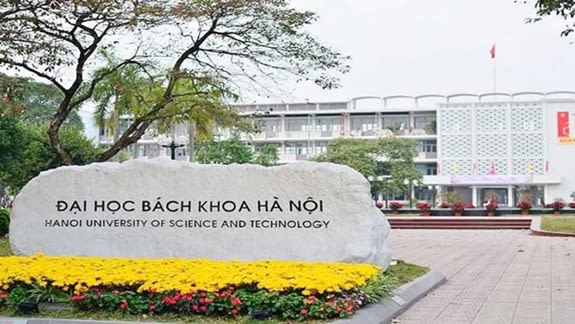

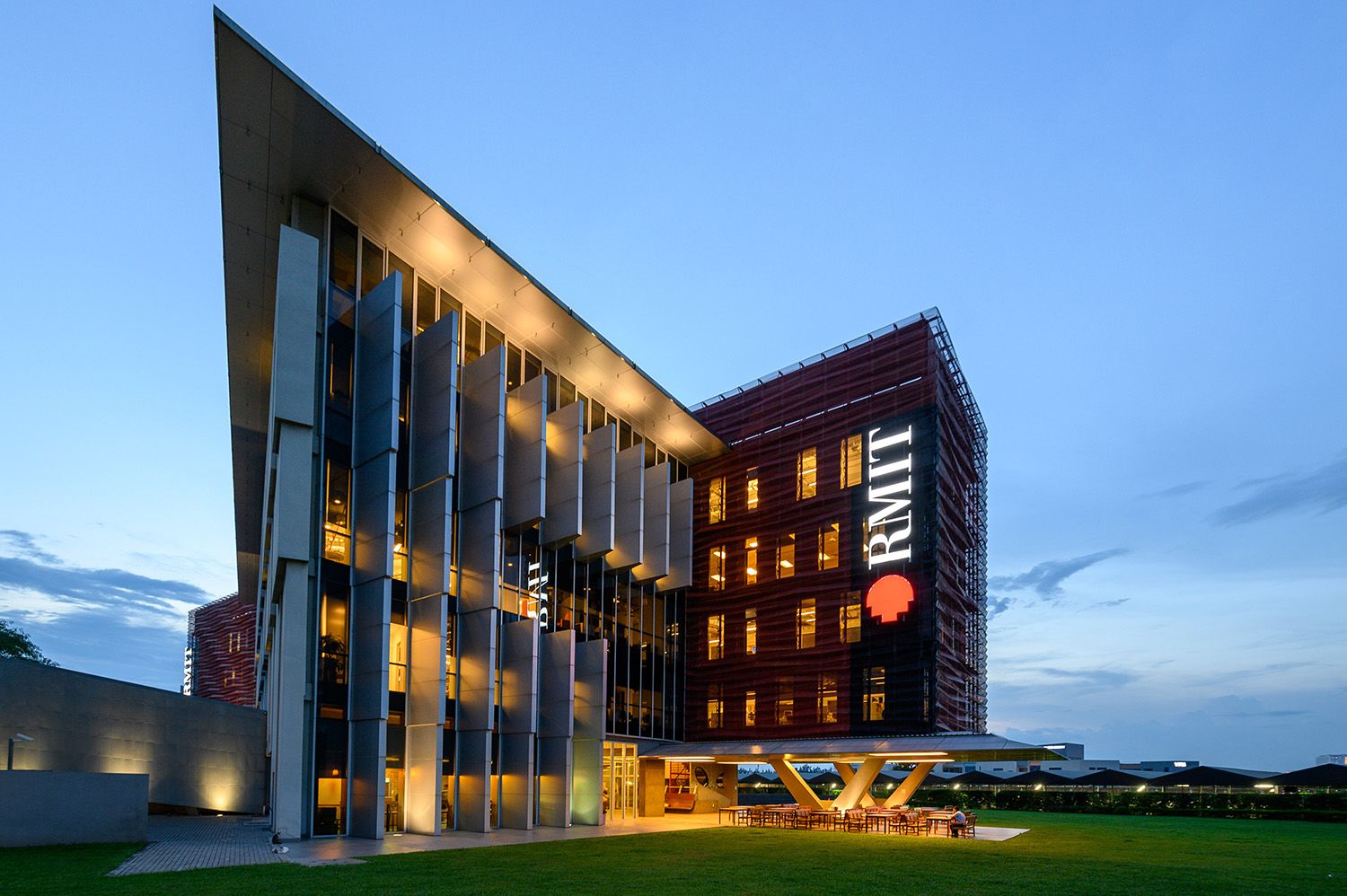
20-year roadmap for an aspiration
(2025-2045)
This journey requires perseverance and a long-term vision. The first phase, from 2025 to 2030, will be a period of institutional seeding and foundation laying. The key tasks during these years will be to complete the specific legal framework for the Pioneer University Model, select pilot schools, establish a Board of Trustees and recruit leadership. This is the most important phase for successfully building a new governance apparatus and breakthrough internal regulations.
The next decade, from 2031 to 2040, will be a period of accelerated investment and talent convergence. This is when large resources are strongly deployed to attract leading scientists, put research institutes and academic centers into stable operation. The goal of this period is to create a breakthrough in the quality of scientific publications, gradually entering regional and international rankings in each field.
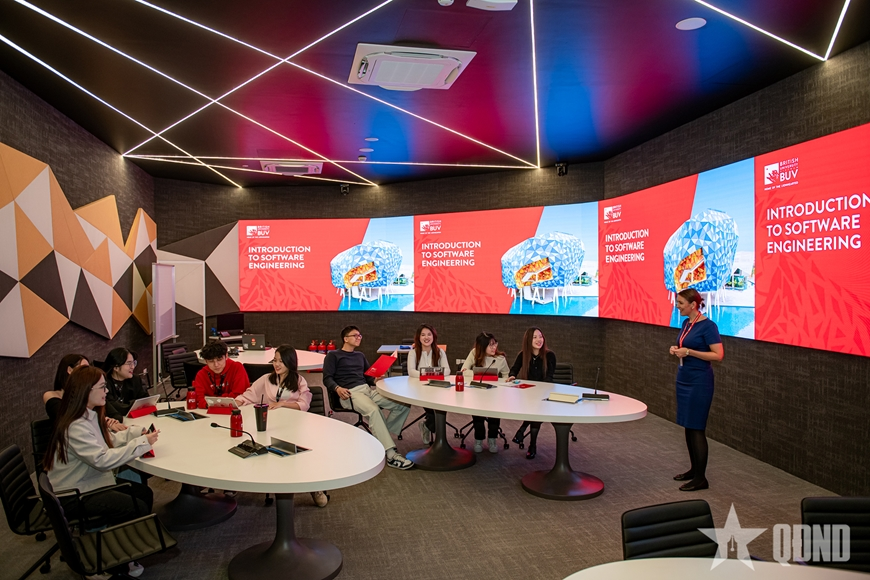
Illustration: A class at BUV. (Source: People's Army Newspaper)
The final phase, from 2041 to 2045, will be the stage of reaping the sweet fruit and affirming the position. At this time, pioneering universities must become academic centers with strong appeal, with a developing innovation ecosystem around them. The indicators of reputation, research and internationalization must reach the threshold of the leading group of universities, thereby completing the goal of having more than 5 Vietnamese universities in the world Top 100.
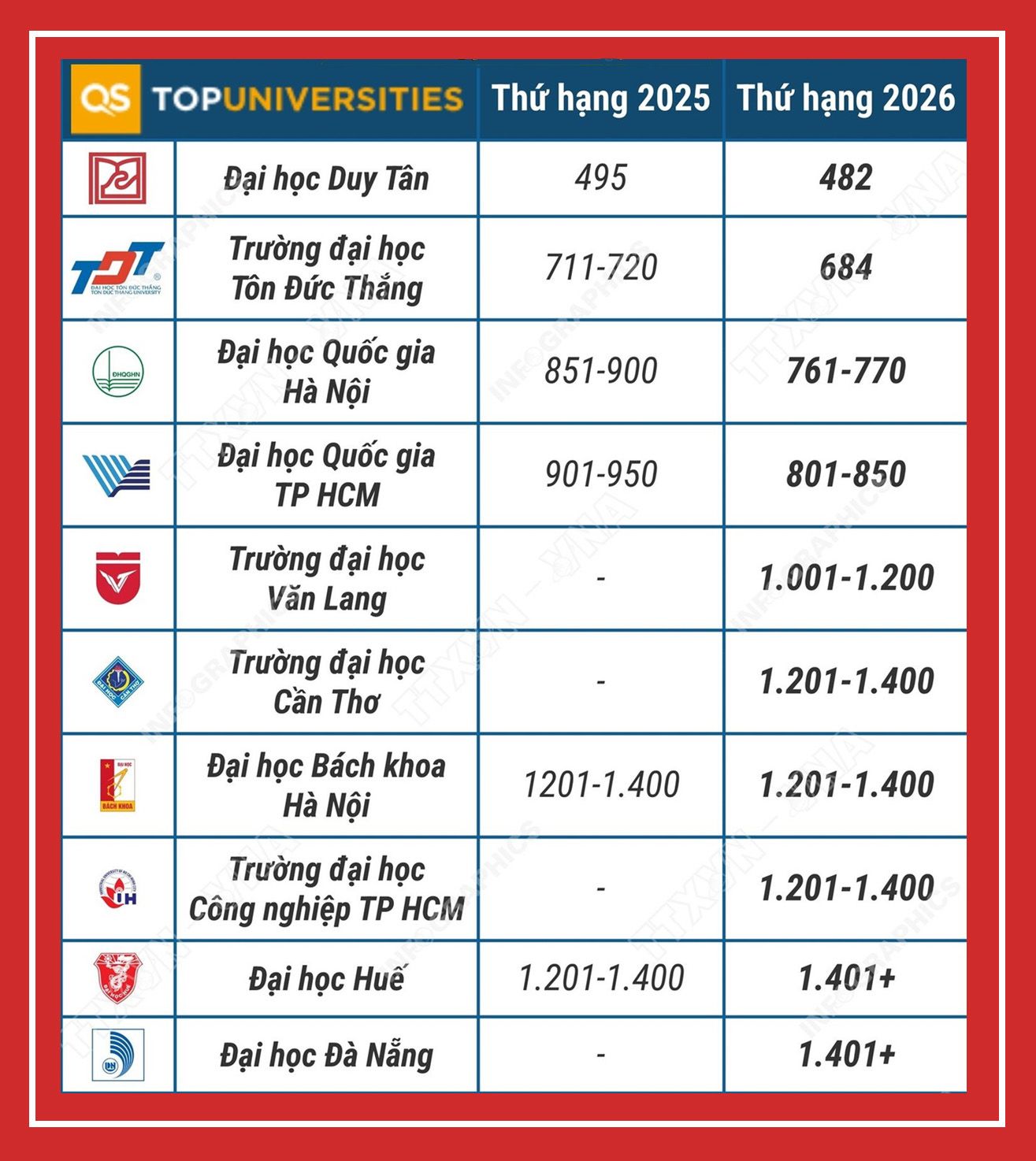
The journey to create elite universities is not simply an educational reform project. It is a strategic investment in the future sovereignty of the nation – the sovereignty of the knowledge, technology and capacity to shape a prosperous, self-reliant economy. This path requires unwavering political will and a timeless vision, but the rewards will be priceless.
These pioneering universities will not only be academic beacons, but also the core of the national innovation ecosystem, incubating breakthrough ideas, unicorn technology businesses and a generation of elite global citizens.

If the 20th century was the century of the struggle for national independence, then the 21st century must be the era in which Vietnam makes its name on the map of human knowledge.
-------- Dr. Nguyen Xuan Hai ---------
If the 20th century was the century of the struggle for national independence, then the 21st century must be the era in which Vietnam is registered on the map of human knowledge. The successful construction of world-class universities, as the most concrete and drastic action to implement Resolution 71, is the strongest declaration of that aspiration, the most solid launching pad for our nation to truly take off and fly high in the era of self-development.
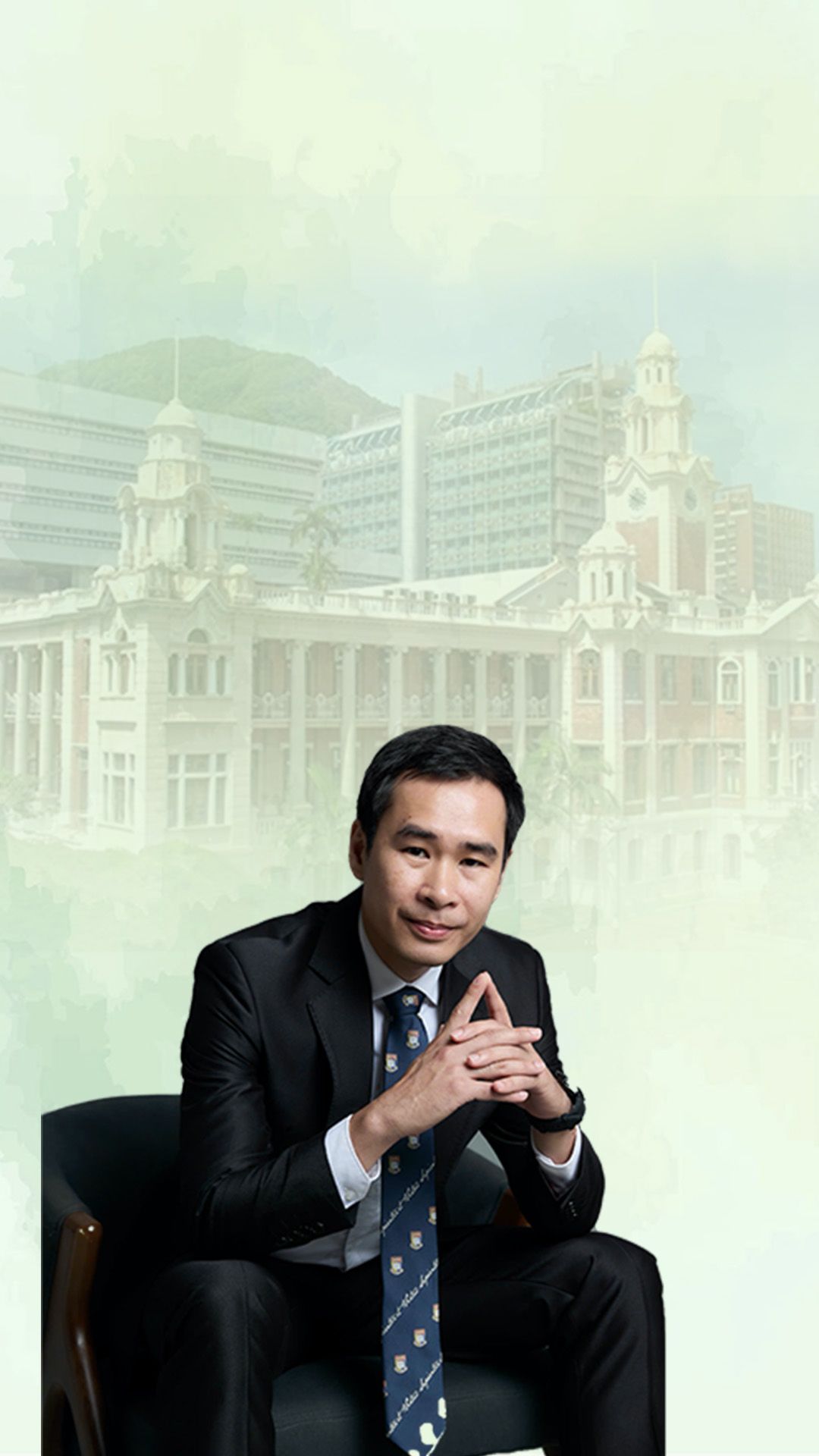
Higher education
Scientific research
THE FOUNDATION FOR A STRONG NATION

Building elite universities
Roadmap to put Vietnam on the world academic map
Publication date: October 3, 2025
Implementing organization: XUAN BACH
Content: Dr. Nguyen Xuan Hai
Presented by: NGOC DIEP
Photos: Pxbay, Nhan Dan Newspaper, QĐND Newspaper, VGP, VNA
Source: https://nhandan.vn/special/kientaoDHtinhhoa/index.html#source=home/zone-box-460585




![[Photo] Solemn opening of the 8th Congress of the Central Public Security Party Committee, term 2025-2030](https://vphoto.vietnam.vn/thumb/1200x675/vietnam/resource/IMAGE/2025/10/4/f3b00fb779f44979809441a4dac5c7df)


![[Photo] General Secretary To Lam attends the 8th Congress of the Central Public Security Party Committee](https://vphoto.vietnam.vn/thumb/1200x675/vietnam/resource/IMAGE/2025/10/4/79fadf490f674dc483794f2d955f6045)



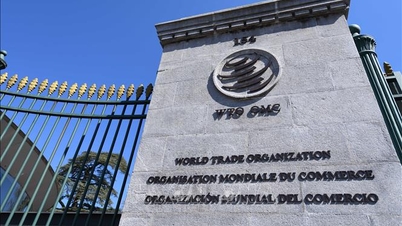

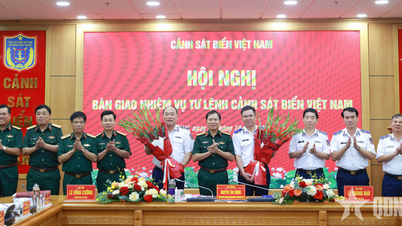



![[Photo] Students of Binh Minh Primary School enjoy the full moon festival, receiving the joys of childhood](https://vphoto.vietnam.vn/thumb/402x226/vietnam/resource/IMAGE/2025/10/3/8cf8abef22fe4471be400a818912cb85)

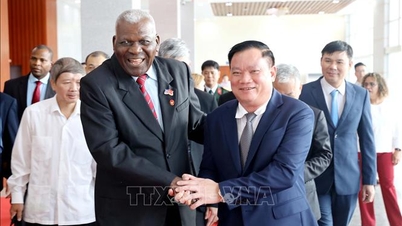

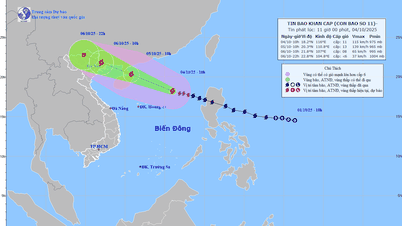
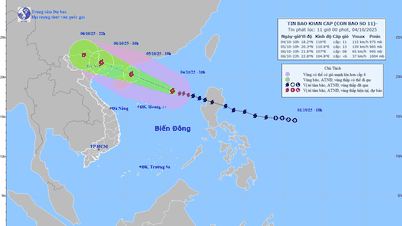
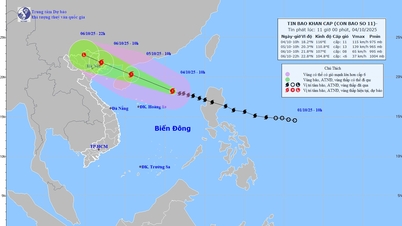






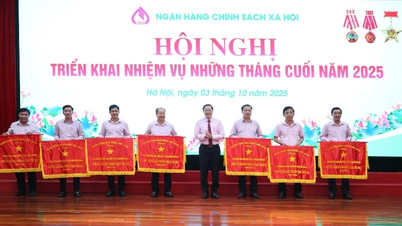
![[Photo] General Secretary To Lam attends the 8th Congress of the Central Public Security Party Committee](https://vphoto.vietnam.vn/thumb/402x226/vietnam/resource/IMAGE/2025/10/4/79fadf490f674dc483794f2d955f6045)

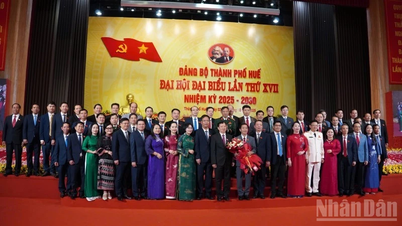
![[Infographic] Notable numbers after 3 months of "reorganizing the country"](https://vphoto.vietnam.vn/thumb/1200x675/vietnam/resource/IMAGE/2025/10/4/ce8bb72c722348e09e942d04f0dd9729)
![[Photo] Students of Binh Minh Primary School enjoy the full moon festival, receiving the joys of childhood](https://vphoto.vietnam.vn/thumb/1200x675/vietnam/resource/IMAGE/2025/10/3/8cf8abef22fe4471be400a818912cb85)











































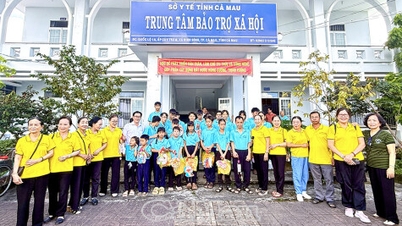

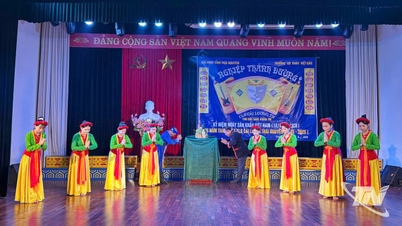

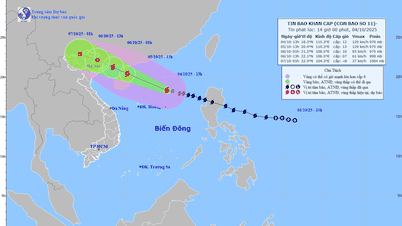

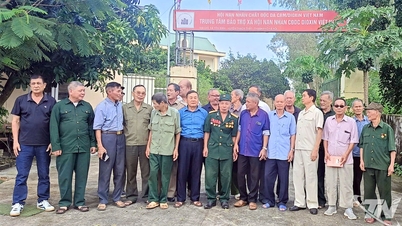






Comment (0)